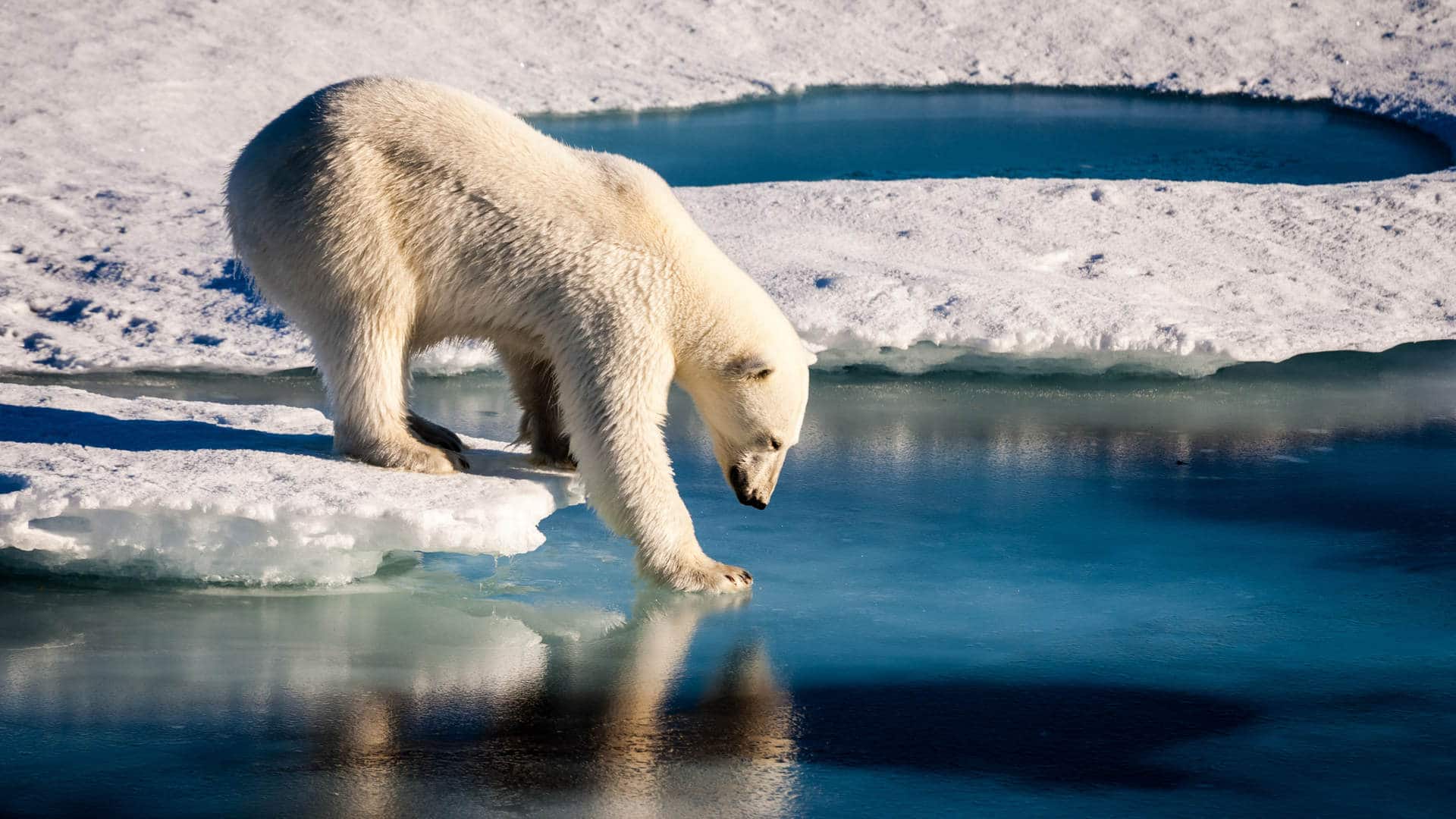The book grapples with the ethical dilemmas of saving Earth’s animals

On the Arctic Ocean’s fringe, polar bears stand on ice thinning from human-caused climate change. Without thick ice from which to powerfully pounce on seals, many of these symbols of the wild north can’t eat. Should we feed polar bears to right our wrongs? Or should we leave them alone, even if that means they starve to extinction?
Emma Marris’ Wild Souls prompts readers to grapple with this question and more. An absorbing and nuanced blend of philosophy and science, the book explores what we owe the nonhuman world. Like her 2011 book Rambunctious Garden, which challenged the notion of “pristine wilderness” in a world where humans touch everything, Wild Souls questions the very concepts of wildness and nature. The result challenges readers to reconsider how they relate to nonhuman animals, from caged creatures to polar bears in the warming north.
Marris guides readers through a series of case studies, from Indigenous hunting practices to municipal zoos, all brought to life through attentive on-the-ground reporting. Running through these examples is a central ethical tension: How do we weigh the tangible moral value of an individual sentient creature who can suffer against the more abstract value of species or ecosystems, which are of course unfeeling but rouse such depths of emotion in us when they are threatened or lost?
Islands are a front line of this conflict, where life that’s blossomed in isolation is threatened by species we’ve introduced. Marris examines efforts, from the Galápagos to New Zealand, to kill (often painfully with poison) millions of individual mice, rats and other creatures in the name of preserving species deemed more important.
Marris is frank on where she stands on certain issues, arguing, for example, that zoos are immoral. She also asks whether it’s ever right to save a species like the California condor — which once soared above most of North America but dwindled to just a handful of individuals in the 1980s — by caging them for captive breeding.
The book makes a clear case for the moral value of individual sentient creatures, providing a rundown of the latest science that dissolves the distinct line often drawn between humans and nonhumans. These include studies that suggest fish feel pain and that rats help fellow rats in need because they experience emotions.
Defining the objective, inherent value of species proves trickier. “There’s something precious in what we call ‘nature,’ in the flow of energy, in the will to survive,” she writes. “But I cannot present overwhelming arguments that this is true. I can only passionately assert it.”
In the end, Marris finds no set formula for making ethical choices about animals’ fates. Instead, readers may realize something profound: There are no perfect ways to act ethically toward all animals and all species when incommensurable values collide. As we try to mend the mess we’ve made of nature, all we can do is act with thoughtful humility.
